A Guide to the Walking Tracks, Bike Trails, Guided Tours and More in the Huvalu Forest
If Niue couldn’t be any more of a nature lover’s paradise, around 20% of this tiny island is a dedicated conservation area! That’s right, the Huvalu Forest Conservation Area covers a significant portion of the southeastern corner of the country, harbouring unique flora, fauna, cultural heritage and land formations. Discover Niue’s wild side for yourself by following this guide on how to experience the Huvalu Forest Conservation area, including walking tracks, bike trails, guided tours and more.
Before we jump into our guide to the Huvalu Conservation Area, remember to bookmark the 101 Things to Do in Niue: The Ultimate List for more amazing experiences.
4 Facts About the Huvalu Forest Conservation Area
Before we get into the different ways to experience the Huvalu Forest Conservation Area, here are a few interesting facts about this magnificent area:
- The Huvalu Forest Conservation Area was established in 1992
- It covers approximately 20% of the island of Niue
- The forest is located in one of the world’s 36 “biodiversity hotspots” established and funded by the Food and Agriculture Organizations of the United Nations (FAO)
- Animals found in the Huvalu Forest include uga (coconut crabs), peka (flying fox), kulukulu (crimson-crowned fruit done), miti (Polynesian starling), mourning gecko and more.
For more non-Huvalu-related facts, but interesting nonetheless, take a look at the 10 Fun Facts About Niue.
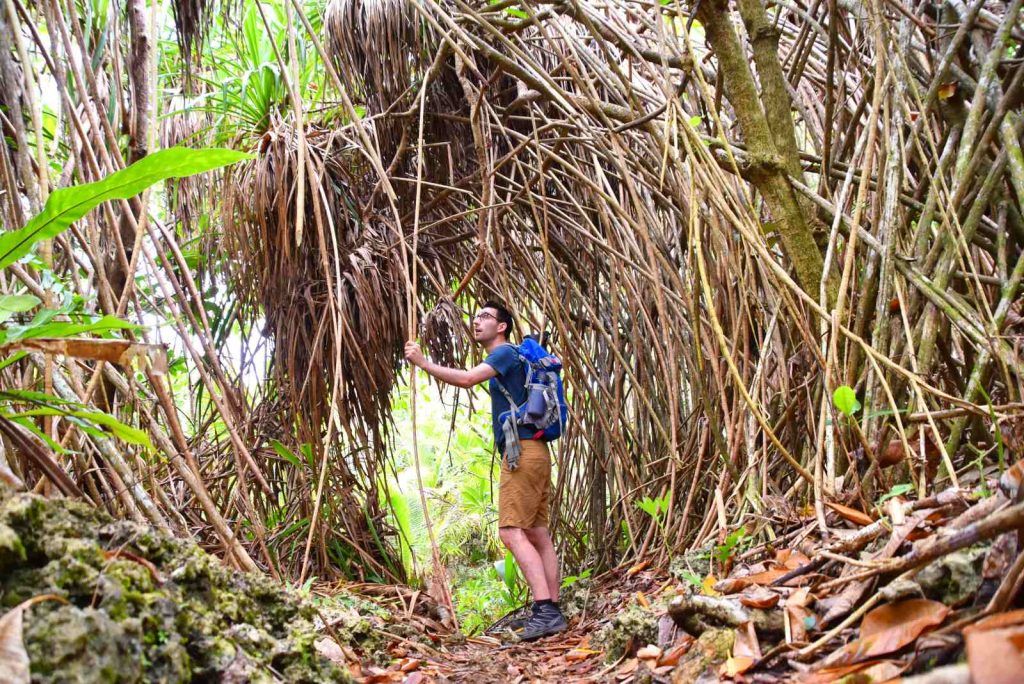 © NiuePocketGuide.com
© NiuePocketGuide.comWalks in the Huvalu Forest
Like many areas of outstanding natural beauty, you can enjoy the Huvalu Forest by simply taking a walk. The Togo Chasm Sea Track is the main walk of the Huvalu Forest Conservation Area, while the Laufoli Umu Pit is a short stroll to a historical site on the roadside.
Togo Chasm
The longest sea track in Niue and the longest walk in the Huvalau Forest Conservation Area, aside from if you were to walk the bike trails, Togo Chasm officially takes 45 minutes to walk one way. Fit hikers, however, will more likely do it in 20 to 30 minutes, but it’s well worth taking your time as you transition from lush rainforest to the jagged pinnacle-like formations of the east coast. Follow the trail all the way to the end and you’ll descend down a rung ladder into Togo Chasm and its sandy oasis of palm trees.
Find the walking trail approximately 4 km (2.5 mi) north of Hakupu. Check out the 25 Best Sea Tracks in Niue for more details.
Laufoli Umu Pit
More of a roadside attraction than a walk, Laufoli Umu Pit is a historic site still worth discovering. Located toward the northern end of the Huvalu Forest Conservation Area in Tuafutu, there is a 20-second stroll through the forest to a cordoned-off area. Here, you’ll find a distinct dip in the ground where an old umu (cooking) pit lies.
Learn the story of Laufoli and the umu pit on the interpretation panel at the beginning of the track or head over to the 10 Fascinating Historical Sites in Niue for a quick rundown.
And for more walks across Niue, take a look at The Guide to Walks in Niue + 35 Walks to Try!
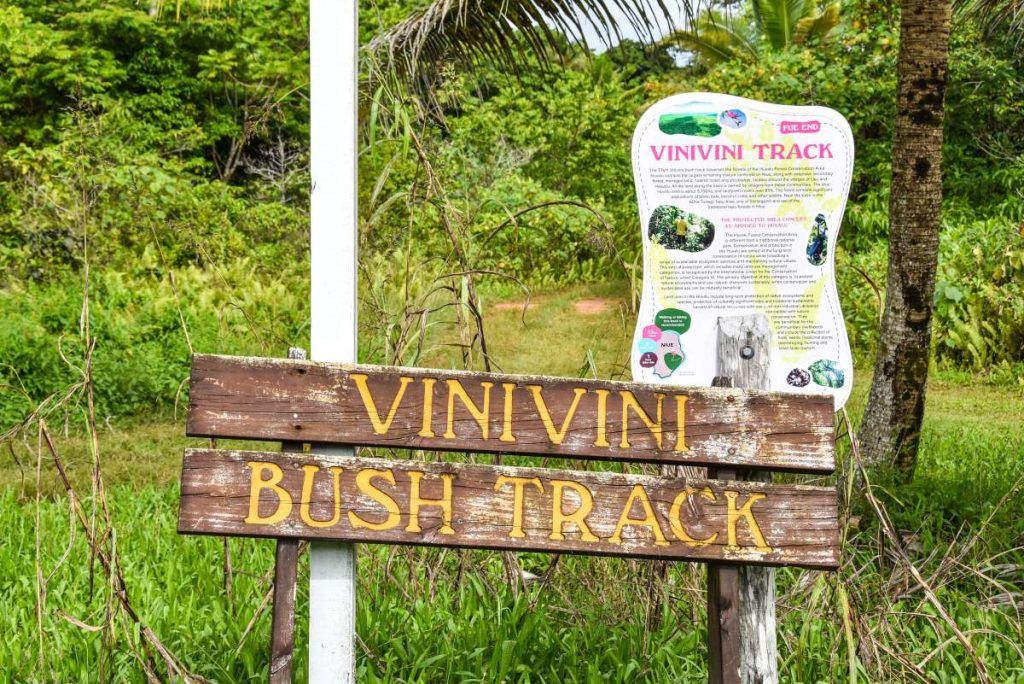 © NiuePocketGuide.com
© NiuePocketGuide.comBike Trails in the Huvalu Forest
The Huvalu Forest is home to one of Niue’s most remote and exciting bike trails. The Vinivini Bike Trail is an easy-going 1-hour ride, but you’ll be tempted to stop at the many point-of-interest signs along the way showcasing the forest’s unique plants and animals.
Vinivini Bike Trail
This 13.3 km (8.3 mi) bike trail provides a scenic ride through the Huvalu Forest Conservation Area. The loop trail takes approximately 45 minutes to 1 hour to cycle with the main portion being on the Vinivini Bush Road shrouded in verdant tropical forest. It’s also worth a short detour to another attraction of the Huvalu Forest, the Hikulagi Sculpture Park with artwork made from rubbish that has washed up on Niue’s shores. Although you can start anywhere on this loop trail, most start in the village of Liku. You can also walk the trail, which we outline in the 10 Best Hikes in Niue.
For more details about the Vinivini Bike Trail, as well as other bike trails and how long it takes to walk them, check out the 5 Best Bike Trails in Niue.
 © NiuePocketGuide.com
© NiuePocketGuide.comHuvalu Forest Guided Tours
Immerse in the survival and cultural aspects of the Huvalu Forest Conservation Area on a guided tour. Guided tours are run by Jack from Ebony Rainforest Tours.
Ebony Rainforest Tours
Departing from Hakupu, with pick-ups available from the Alofi and Scenic Matavai Resort, the Ebony Rainforest Tour takes you deep into the Huvalu Forest Conservation Area. Your guide, Jack, will teach you how Niueans traditionally use the forest for food and medicine gathering. The journey will also include exploring a few hidden caves, as well as seeing the island’s grand banyan trees and rare ebony trees locally known as kieto.
Learn more about what the experience entails in The Best Guided Tours in Niue.
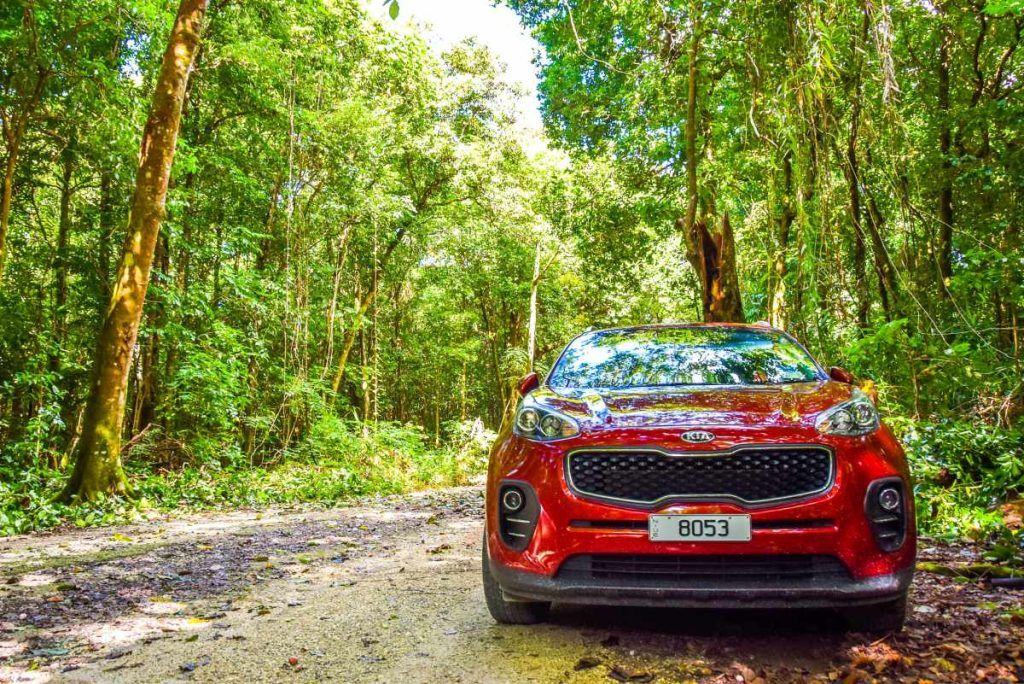 © NiuePocketGuide.com
© NiuePocketGuide.comA Road Trip in the Huvalu Forest
A good way to string experiences in the Huvalu Forest Conservation Area together is to simply drive through it. Niue’s main road around the island crosses the Huvalu Forest between the villages of Hakupu in the south and Liku in the north.
While the road is only approximately 10 to 11 km (6.2 to 6.8 mi), the drive is one to be taken slowly not only to admire the dense surrounding forest but for all of the potholes…
All of the attractions we’ve listed in this guide so far can be found along the main road through the Huvalu Forest, with the exception of the Ebony Rainforest Tour which departs from Hakupu. Some attractions are easy to miss, like the Laufoli Umu Pit, so you will have to pay attention.
For more information on driving in Niue, check out our tips on How to Drive in Niue.
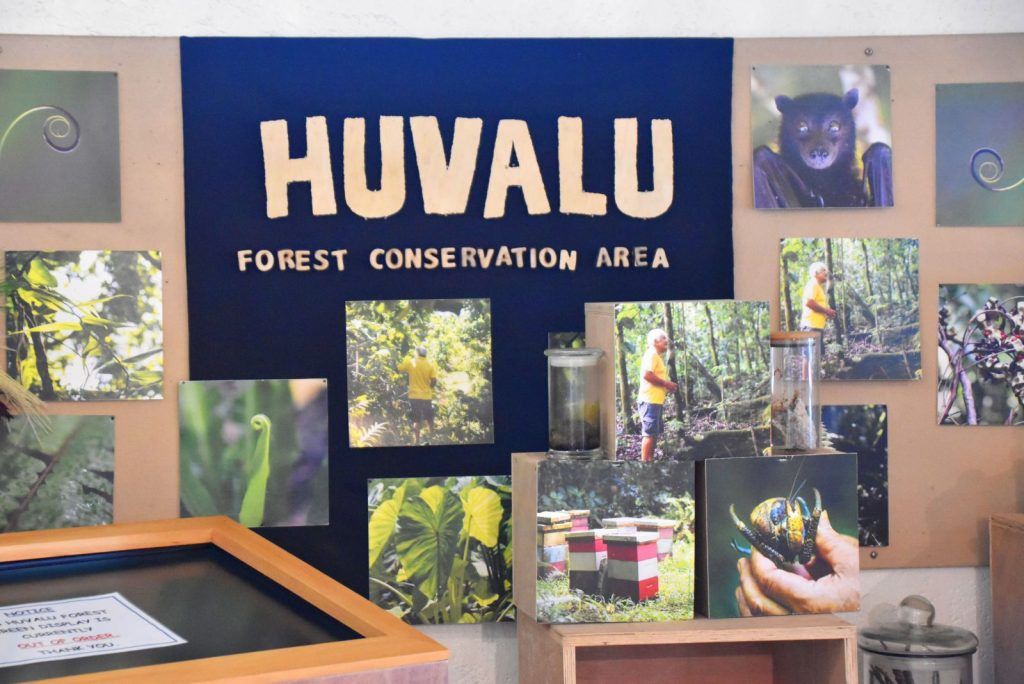 © NiuePocketGuide.com
© NiuePocketGuide.comDisplay at the Niue Tourism Visitor Information Centre
Finally, a way to experience the Huvalu Forest Conservation Area without even visiting the forest is at the Niue Tourism Visitor Information Centre. The information centre in Alofi has a full display of the Huvalu Forest Conservation Area complete with an interactive touchscreen showcasing important flora, fauna and cultural artefacts.
We recommend visiting the information centre before your trip to the Huvalu Forest Conservation Area, as the display gives context that will enhance your visit.
More About the Huvalu Forest Conservation Area
That’s it for our guide to the Huvalu Forest Conservation Area in Niue. For more wonderful experiences in nature, check out the following guides:
- 10 Most Breathtaking Natural Attractions in Niue
- 5 Things to Do in Hakupu
- A Self-Guided Tour of Niue’s East Coast
Finally, head over to the 101 Things to Do in Niue: The Ultimate List featuring more amazing experiences.

Author
Robin C.
This article was reviewed and published by Robin, the co-founder of Niue Pocket Guide. He has lived, worked and travelled across 16 different countries before settling in the South Pacific, so he knows a thing or two about planning the perfect trip in this corner of the world. He is also consulting regularly with Niue Tourism to ensure content accuracy. Robin is also the co-founder of several other South Pacific travel guides and is a regular host of webinars with the South Pacific Tourism Organisation.
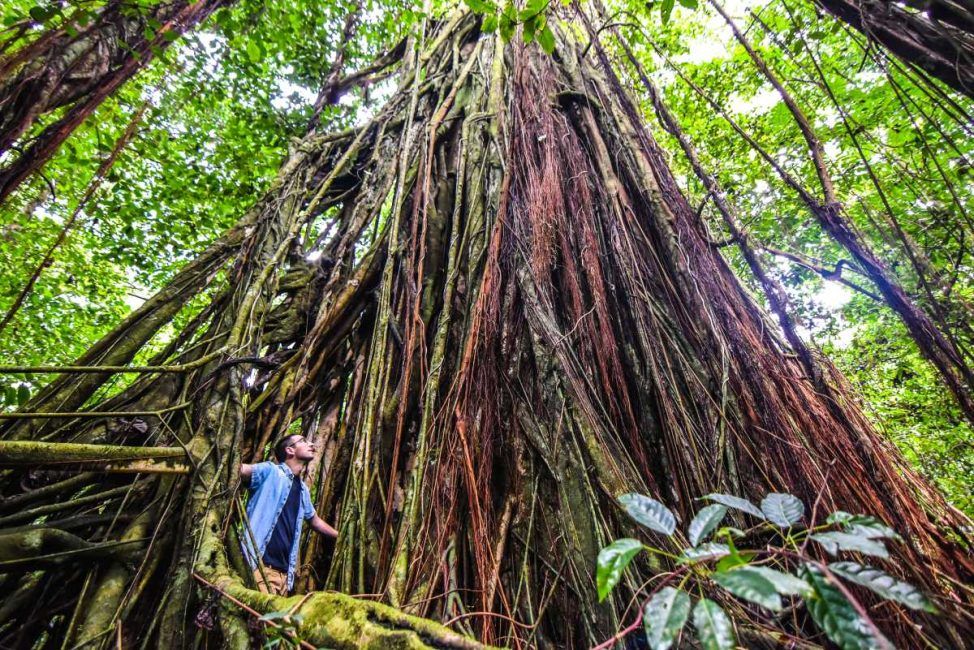
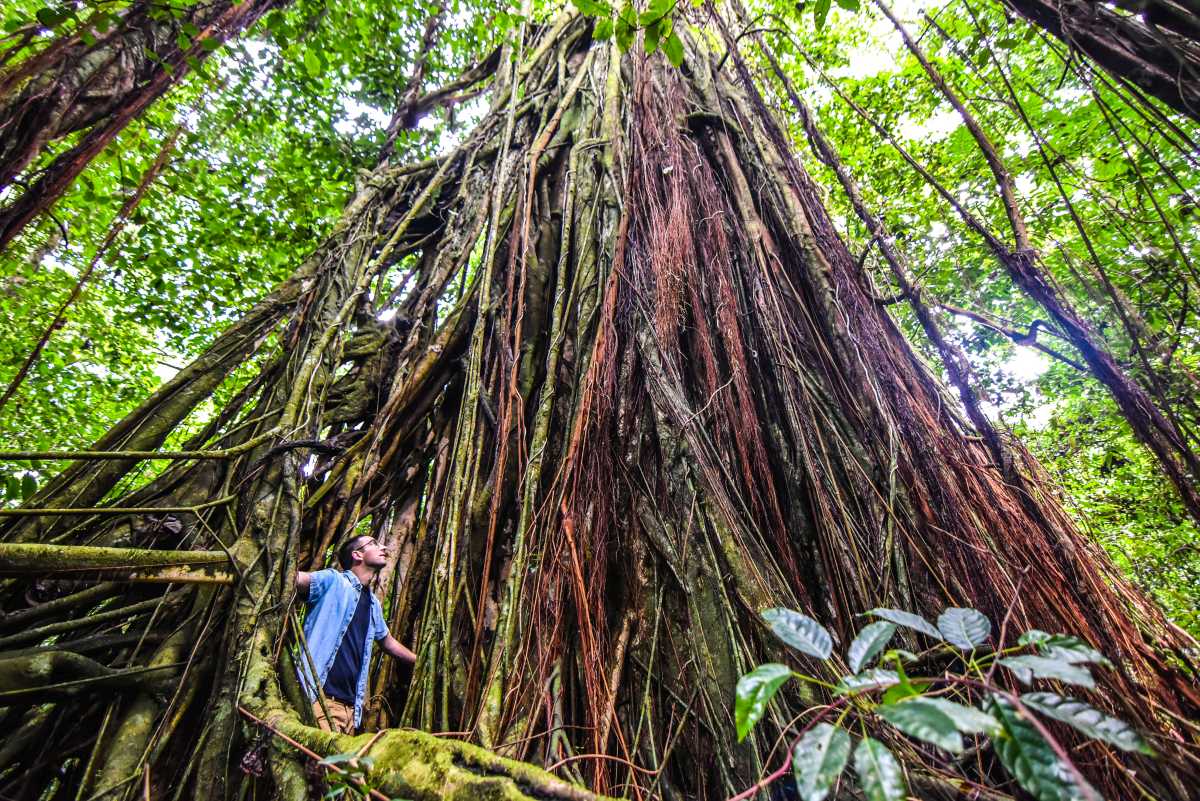



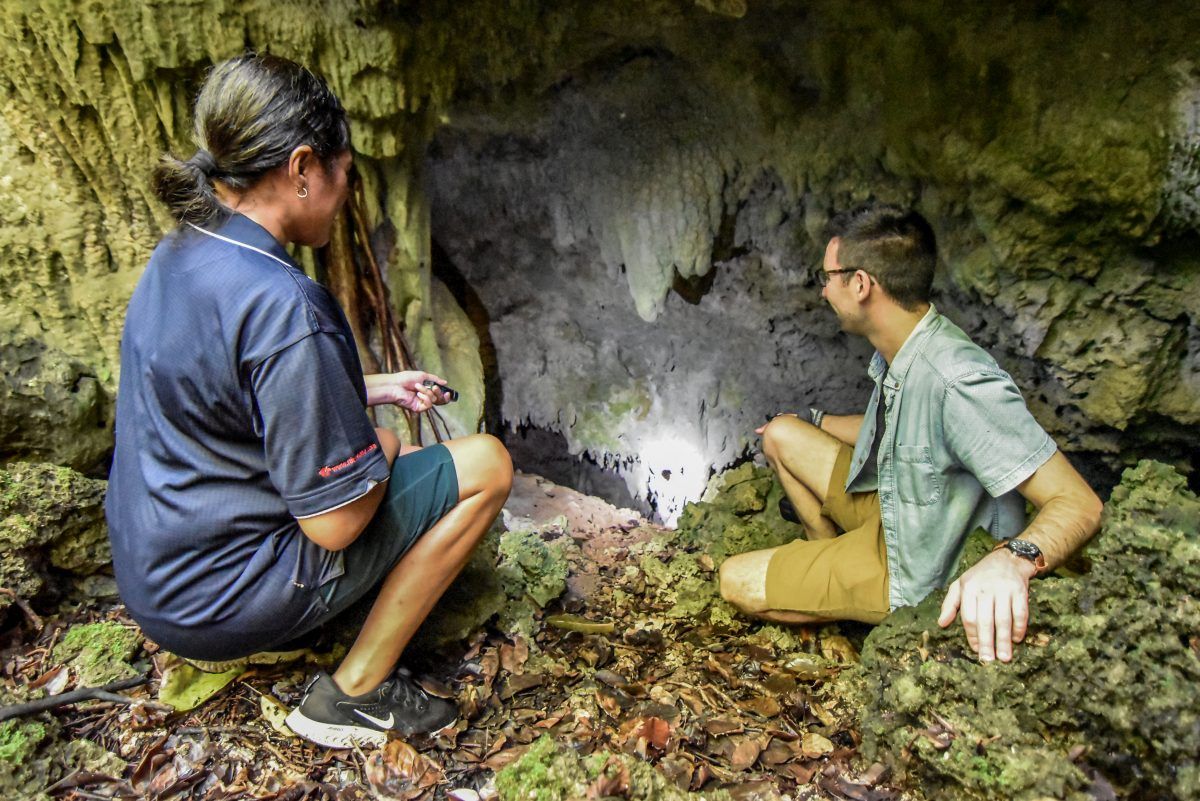
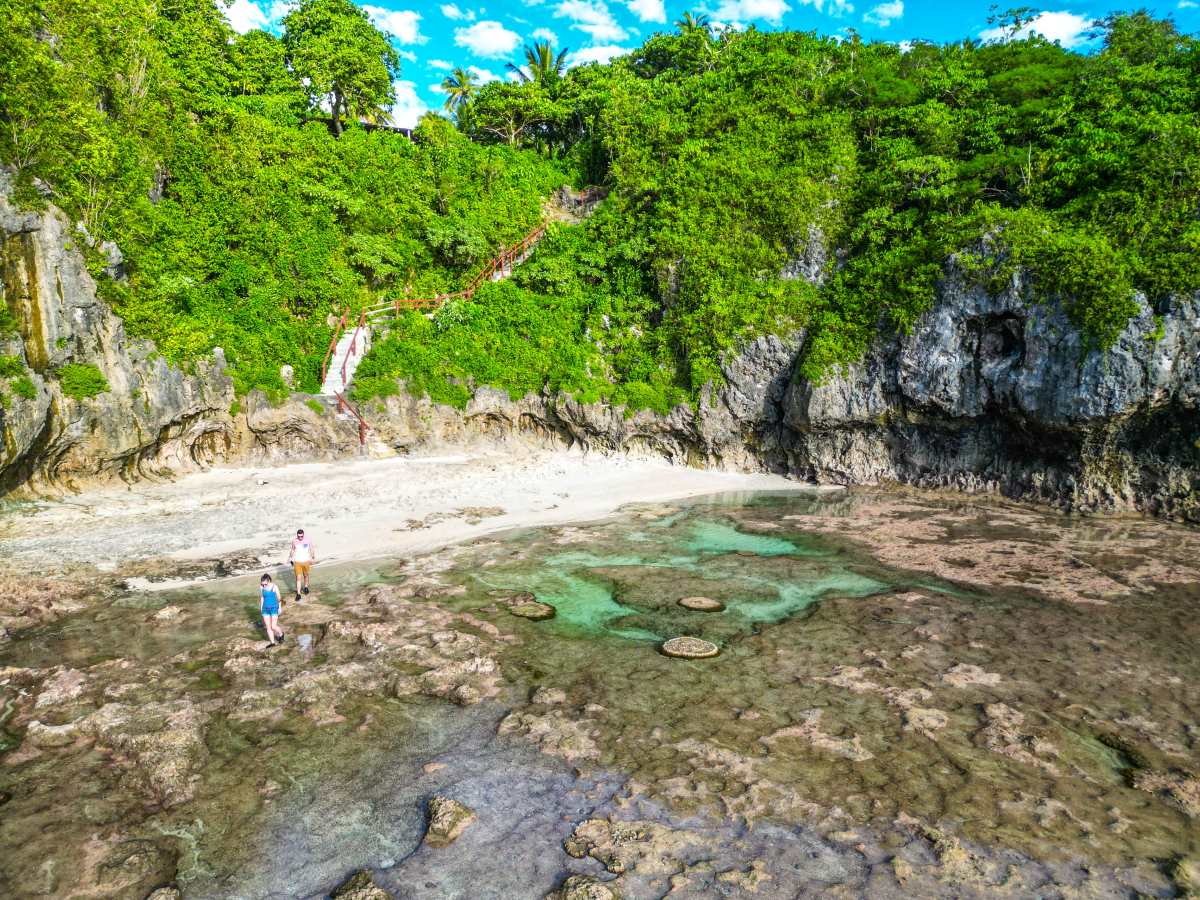
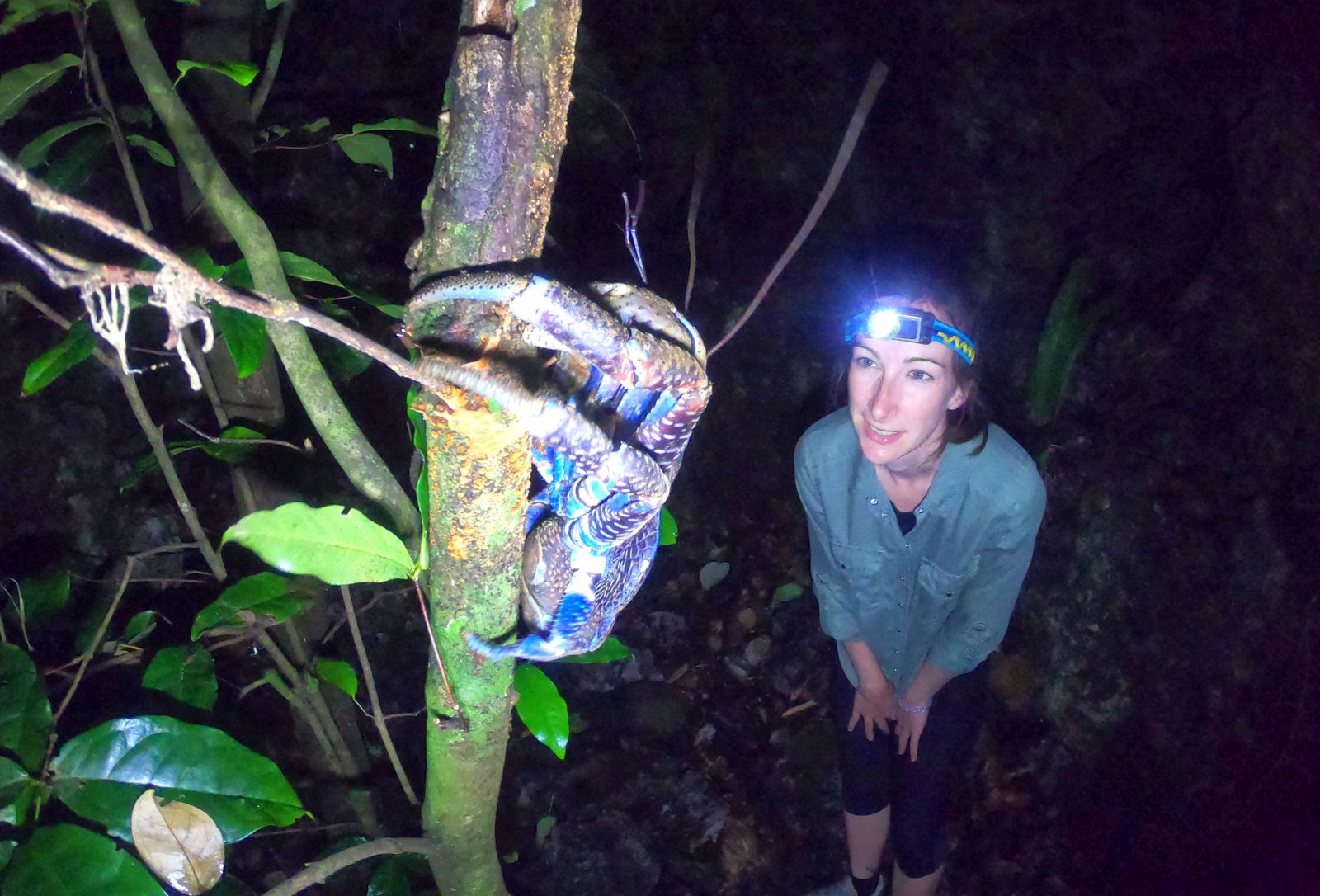
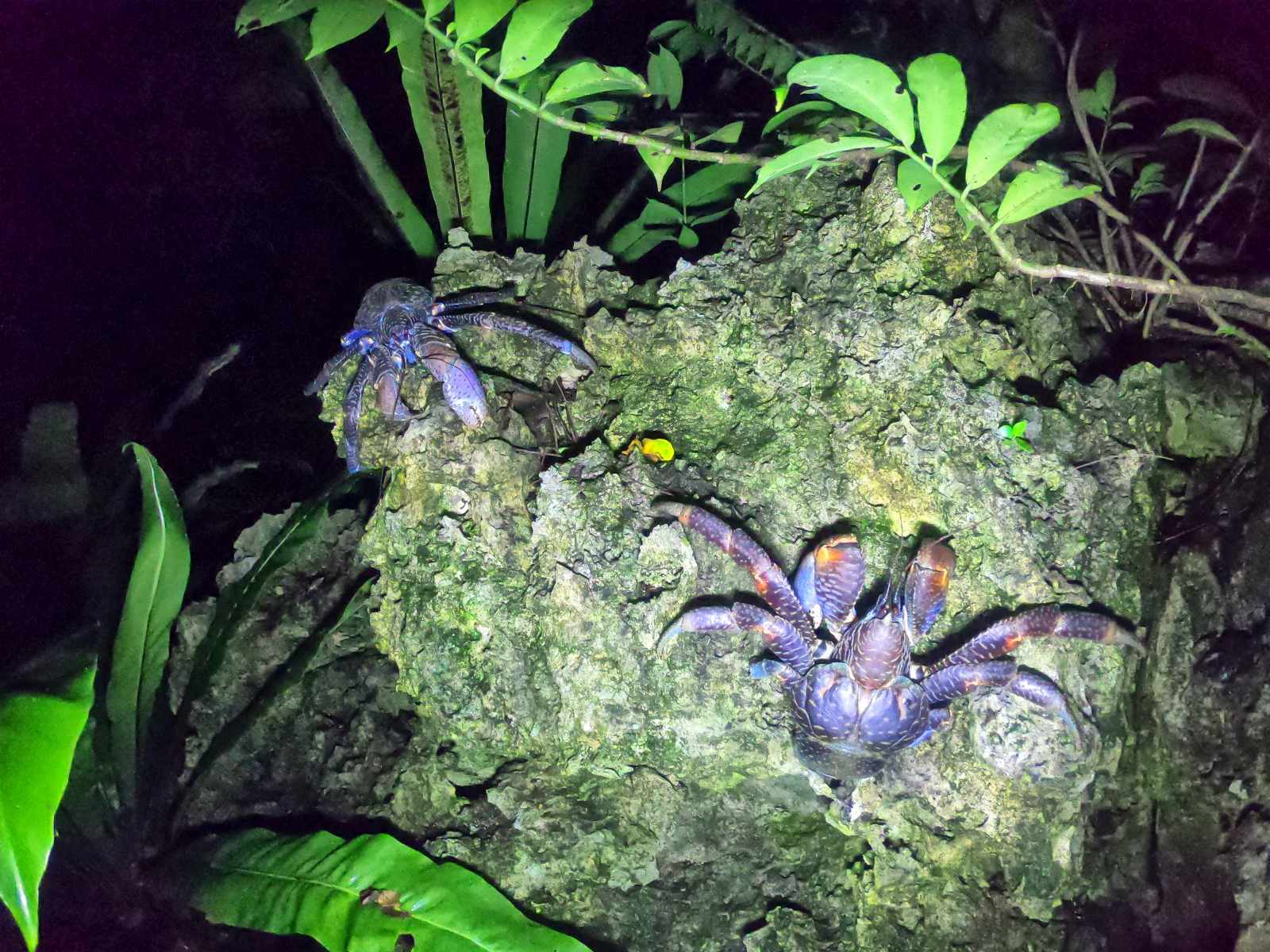
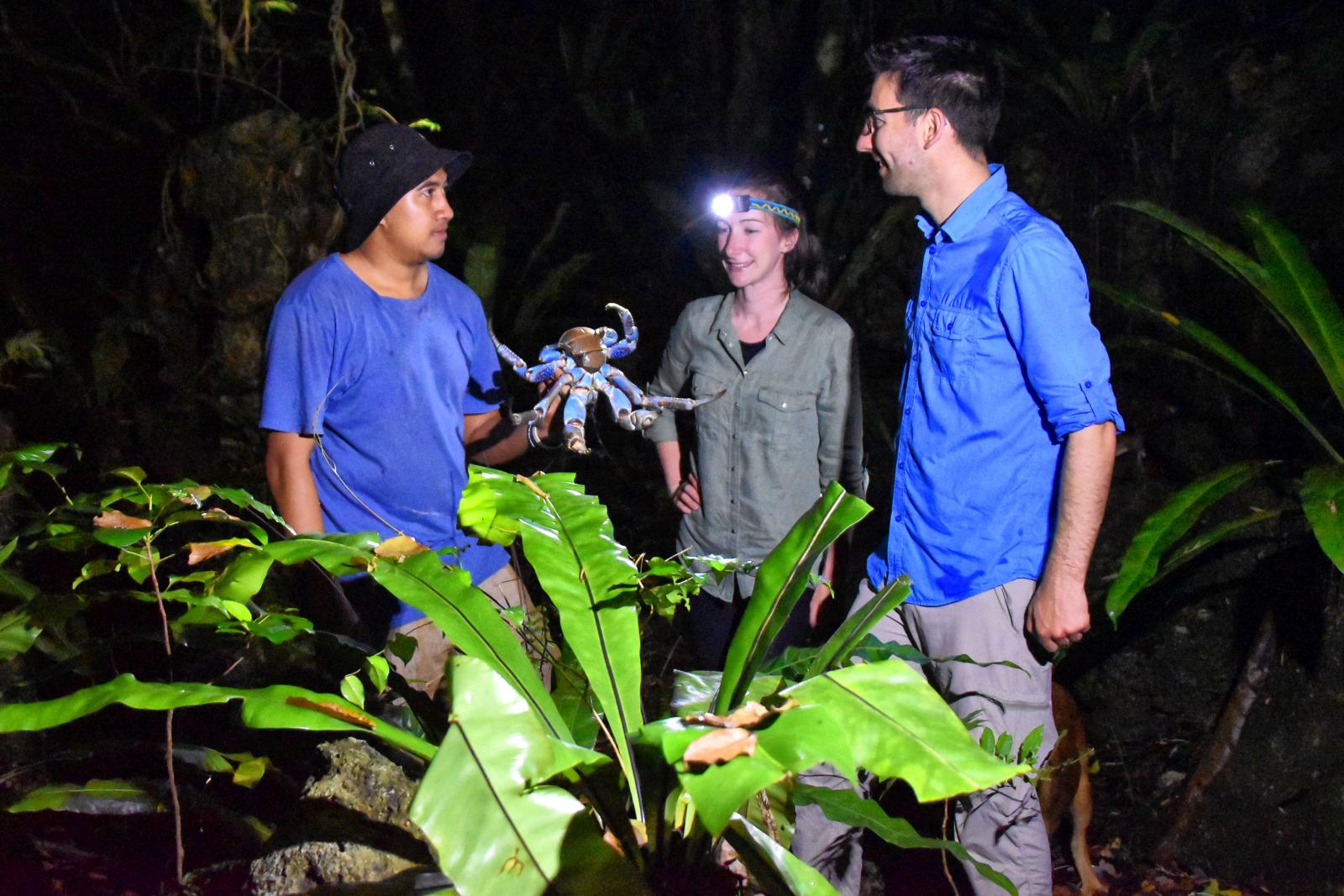
![10 Best Wildlife Tours & Experiences in Niue [2024] 10 Best Wildlife Tours & Experiences in Niue [2023]](https://niuepocketguide.com/wp-content/uploads/2022/09/Uga-Forest-Crab-1-MUST-CREDIT-www.niuepocketguide.com-.jpg)
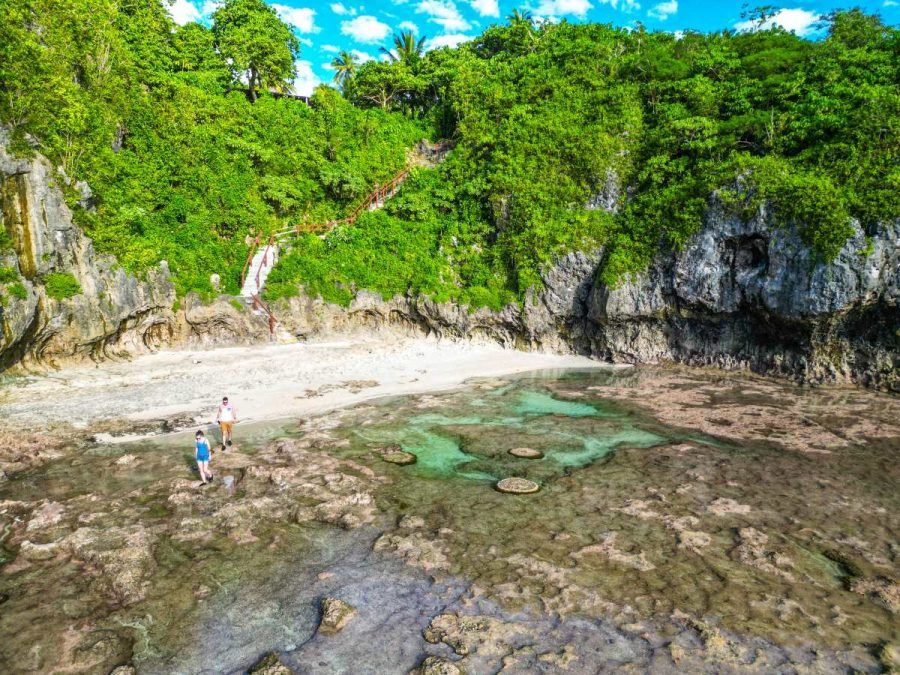

![10 Best Wildlife Tours & Experiences in Niue [2023]](https://niuepocketguide.com/wp-content/uploads/2022/09/Uga-Forest-Crab-1-MUST-CREDIT-www.niuepocketguide.com--900x601.jpg)